We are obsessed collectors of the unusual.
orchidnick
12 years ago
Related Stories
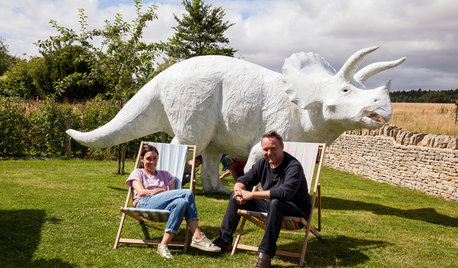
COLLECTIONSWorld of Design: 9 Cool Collectors and What They Keep at Home
Meet the people behind some museum-worthy assemblages — from a house of hats in Los Angeles to dinosaur art near London
Full Story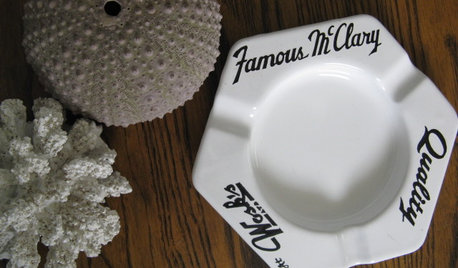
DECORATING GUIDESCreative Collector: Vintage Vessels
Great vintage vases and bottles can turn up in unlikely places. Here's where to find them and how best to display them back home
Full Story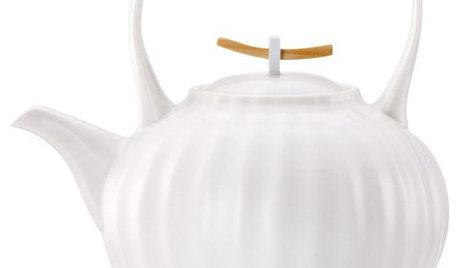
Guest Picks: 20 Teapots With Unusual Flavor
Perk up your Easter brunch or everyday breakfast with tea served in a pot that charms with character
Full Story
WALL TREATMENTS6 Ways to Put Some Wonder on Your Walls
Show off wild, unusual treasures or collections with these tips from a seasoned stylist who appreciates individual personality
Full Story
VINTAGE STYLEGive the Vintage Globe Trend a New Spin
Chart new design territory with the familiar globe trend by seeking unusual sizes, color palettes and display places
Full Story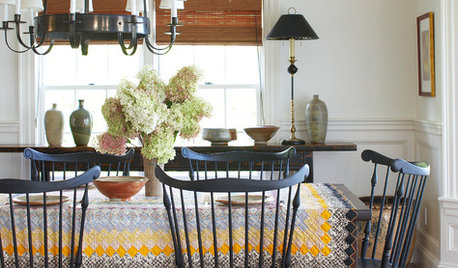
DECLUTTERINGEscape the Inheritance Trap: What to Do With Sentimental Pieces
Too meaningful to toss but too hideous, precious or unusual to display? These ideas can help
Full Story
DECORATING GUIDESRoom of the Day: Layers of Exotic Textiles Enrich a White Room
A designer makes the most of an unusual master bedroom layout in a Southern California canyon bungalow
Full Story
KITCHEN BACKSPLASHES15 Creative Kitchen Backsplashes for the Adventurous
Consider using snow skis, mirrors, bottle caps and other unusual materials for your next kitchen backsplash
Full Story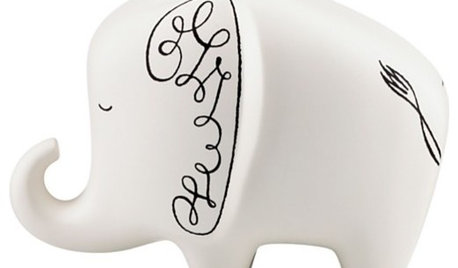
PRODUCT PICKSGuest Picks: Quirky Coin Banks for All Ages
Get showered with compliments while you're saving for a rainy day, with banks in unusual shapes, colors and finishes
Full Story
ARCHITECTUREHouzz Tour: Diagonals Make a Point on a Modern Montana Home
Unexpected angles and unusual materials prove that a house can be a live-in sculpture
Full StoryMore Discussions









richardol
orchidnickOriginal Author
Related Professionals
Clermont Landscape Contractors · Medford Landscape Contractors · Bloomington Landscape Contractors · Brunswick Landscape Contractors · Florham Park Landscape Contractors · Indio Landscape Contractors · Mashpee Landscape Contractors · Muttontown Landscape Contractors · Ridgewood Landscape Contractors · Royal Oak Landscape Contractors · Arkansas City General Contractors · Clinton General Contractors · Dunedin General Contractors · Oneida General Contractors · Panama City General Contractorscorymbosa
arthurm
epiphyte78
arthurm